I am having a problem where I am trying to figure out how I can extract the date and time of the last correspondence in string of text on an excel spread sheet.
Each correspondence within each cell begins with "Additional information" and is then followed by the time stamp, which then ends in "CET" as seen below (Please note I have replaced the body text with Blah, blah, blah):
Example Cell:
Additional information 4/15/15 4:29 PM CET Ronald Ben As per phone conversation Blah, blah, blah, blah, blah, blah, blah Thank you
---------------------------
Additional information 4/15/15 3:31 PM CET Ben I inspected Blah, blah,blah, blah, blah, blah, blah, blah, blah, blah, blah
---------------------------
Additional information 4/13/15 8:02 PM CET Michael Hi Craig As per Blah, blah,blah, blah, blah, blah, blah
---------------------------
Additional information 4/13/15 7:19 PM CET Craig Hello Michael, Blah, blah,blah
---------------------------
Additional information 4/13/15 2:42 PM CET Blah, blah,blah
---------------------------
Additional information 4/10/15 10:46 PM CET Mark Hello Craig, Blah, blah,blah
The length of the text string varies from cell to cell, but each are structured exactly the same way.
In the above example the last time stamp should be outputted as 4/10/15 10:46 PM.
I tried to use a RegexExtract function, but it is not working for some reason.
Any help would be appreciated.
